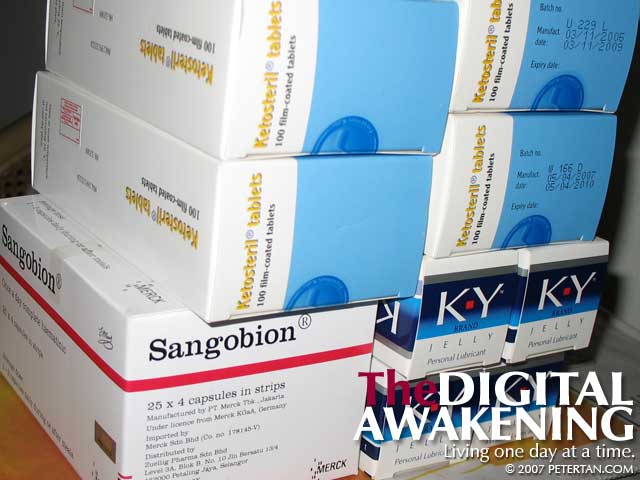I am currently preparing training materials on Disability Equality Training (DET). Writing about disability in this blog is one thing, drawing up training modules for people who have little knowledge about disability is another matter altogether, more so when the people that I am facilitating are in the position to change things, if they so desire. How do I make them understand that impairments to the body do not necessarily lead to disability?
I have seen how effective Dr. Kenji Kuno used the process of facilitated participatory learning to conduct DET at the Jabatan Kebajikan Masyarakat Malaysia (JKMM) two weeks back. I was invited to co-facilitate with him at the event called “Intellectual Discourse Mengenai Disability Equality Training dan Independent Living” for officers from the JKMM at Jalan Raja Laut.
The various training modules were all centred around the Social Model of Disability as opposed to the Medical Model of Disability. The medical model is determined to diagnose, treat, cure and rehabilitate people to become “normal” again. In the social model, disability is seen as a social construct. It is people that creates an environment that disables other people. The social model respects the diversity in humanity and promotes equality through inclusion.
While I am appling the methods used by Dr. Kuno, I still need to come out with the training materials to suit my style and pace of conducting the course. I usually prefer to customise the course to suit the participants who have different levels of understanding of disability and the expected outcome from it, whether they are disabled people, non-disabled people or officers from the private sectors or government departments.
As I see it, DET is the most effective tool for promoting the understanding of the causes of disability. DET facilitators guide participants through as series of exercises that show disability as a social issue rather than a personal one. At the end of the course, participants come up with an action plan to resolve these issues.
DET promotes proactive behaviour towards creating an environment of equality for all. I like how the process of learning DET is structured with an outcome expected at the end. This is the tool that disability rights advocates should use to educate society with. DET allows people to understand disability through the process of discovering it themselves. This is more effective than giving a 2-hour monologue on disability and boring participants into slumber halfway through.

